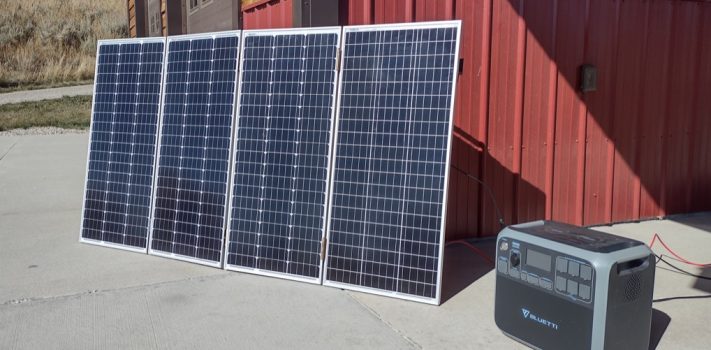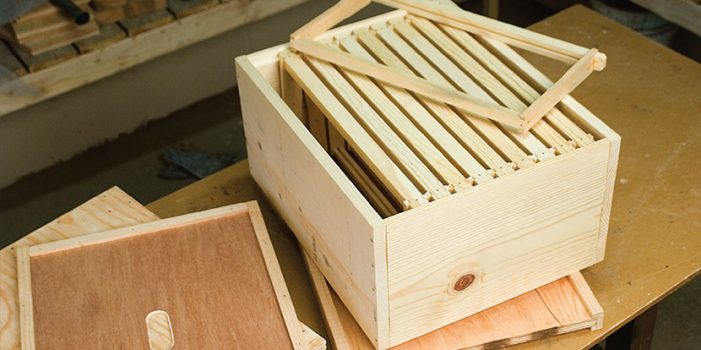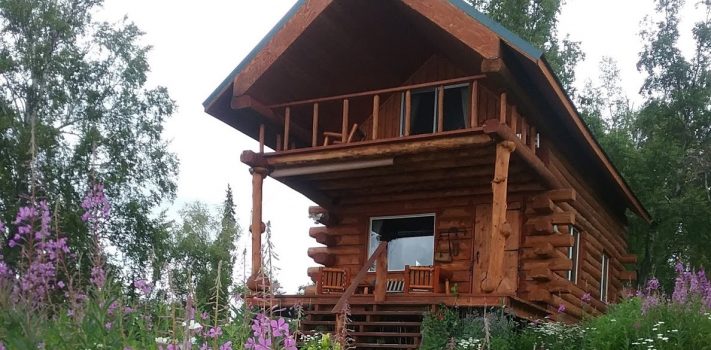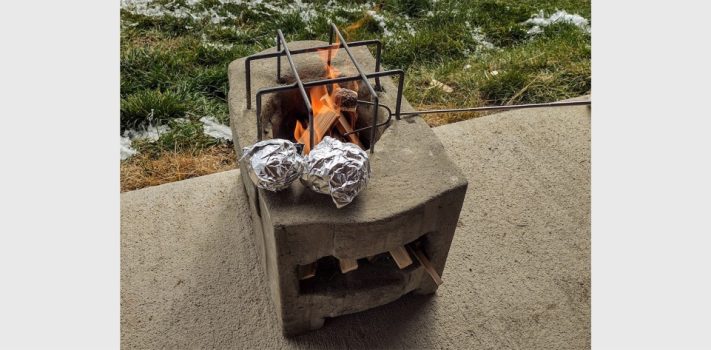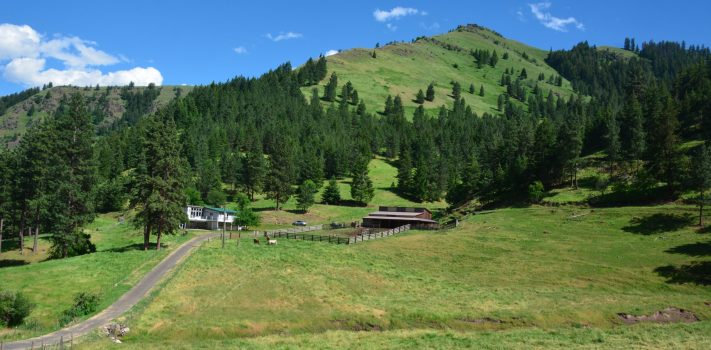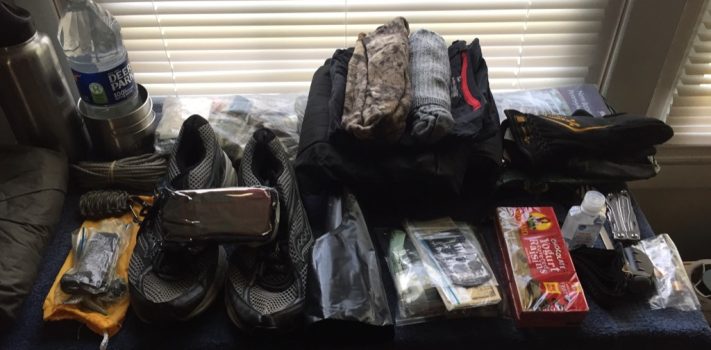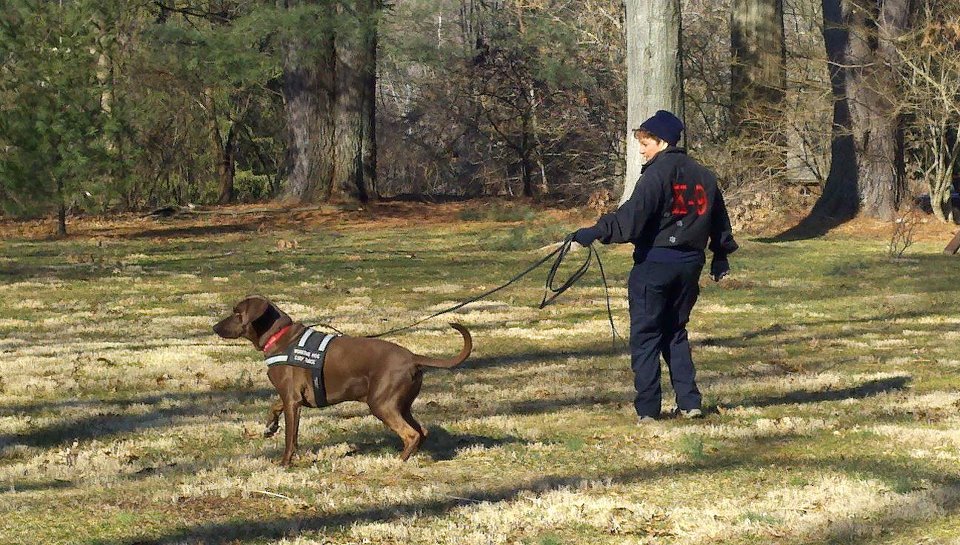Career Change to a Durable Trade, by A Grateful Mechanic
I get great enjoyment from reading the perspectives and implementing the ideas in SurvivalBlog. This is a wonderful space to be able to share operating experience and ideas for making our futures brighter and better. An article by Mr. Rawles dated October 12, 2009 references career paths that are recession-proof: What Recovery? Find yourself a Recoveryless Job. In the article, he made reference to difficult, dirty, and dangerous jobs. I recall reading that article and it made an impact on me and my life. Six years ago, I embarked on a journey to find a new career that would offer …



